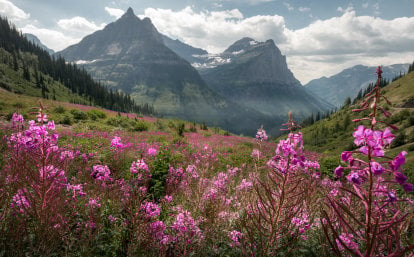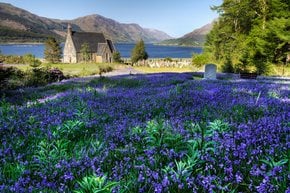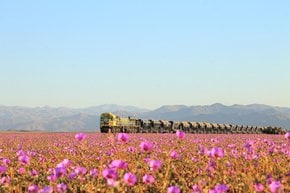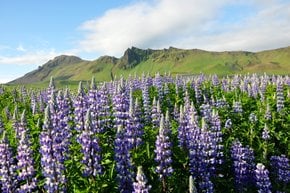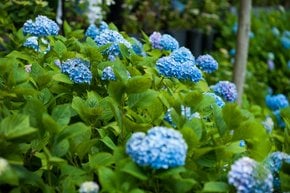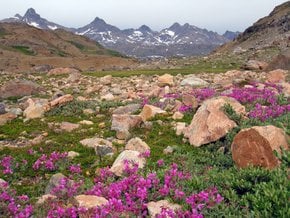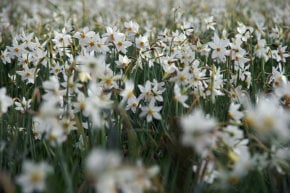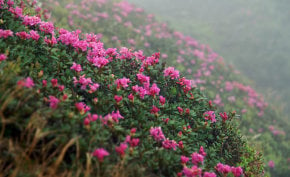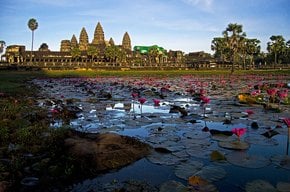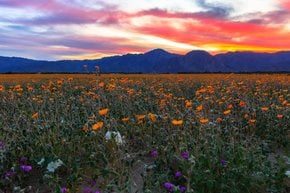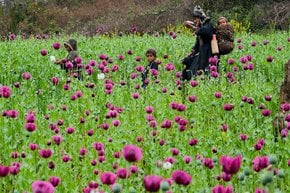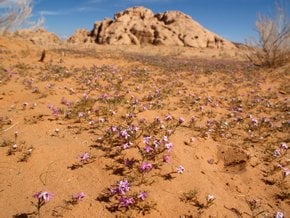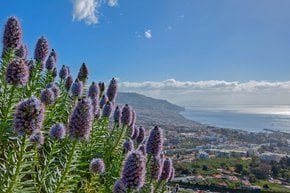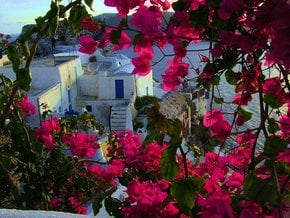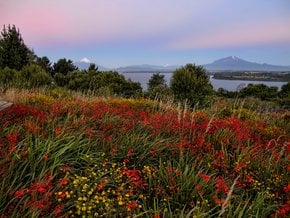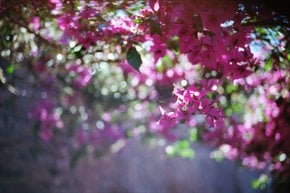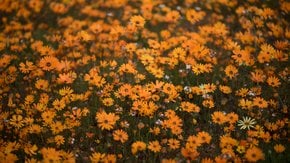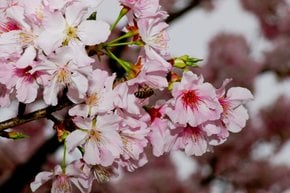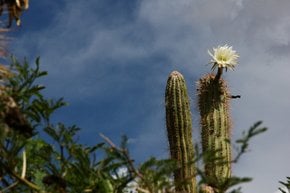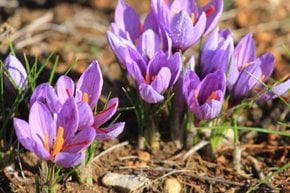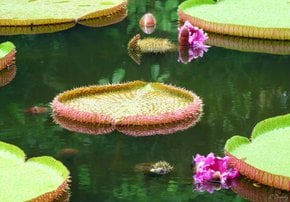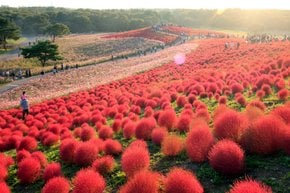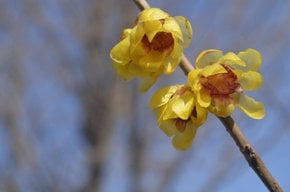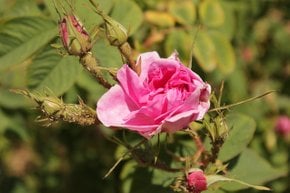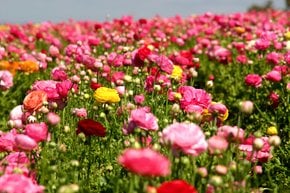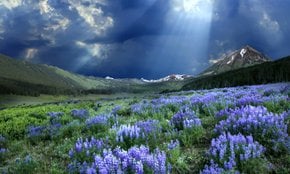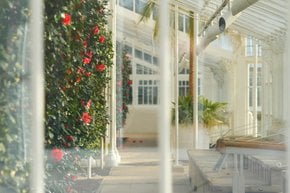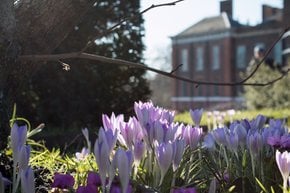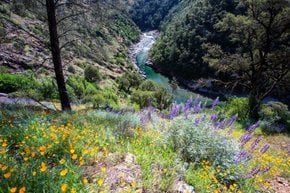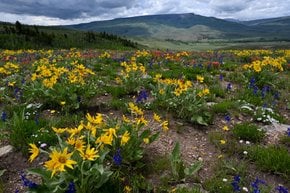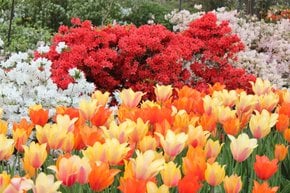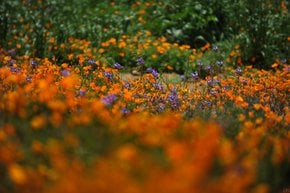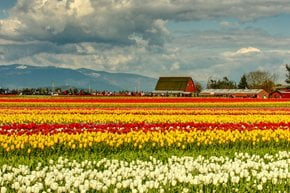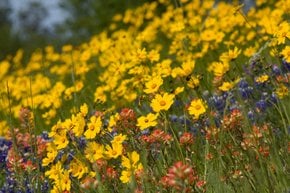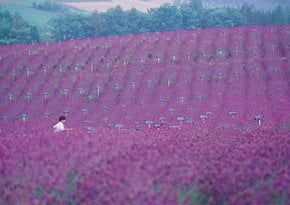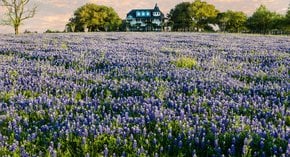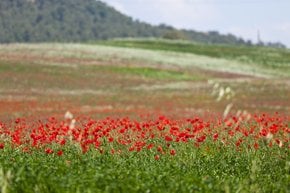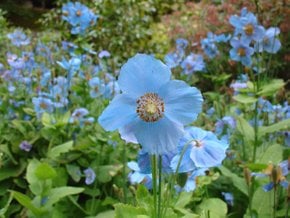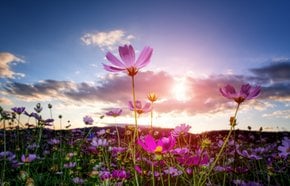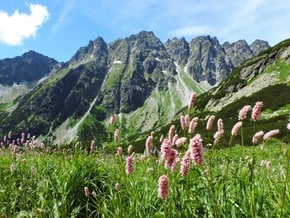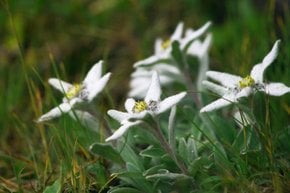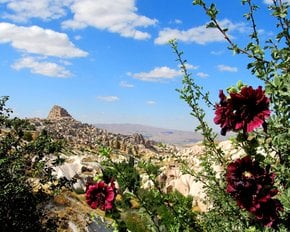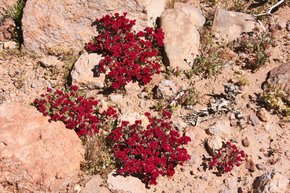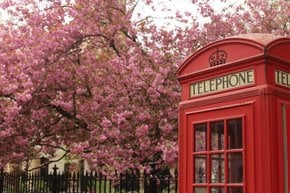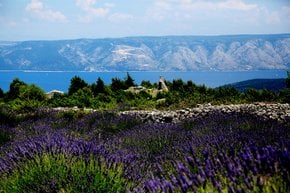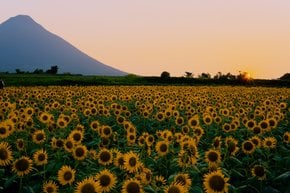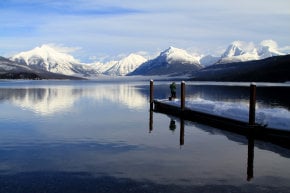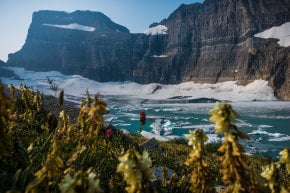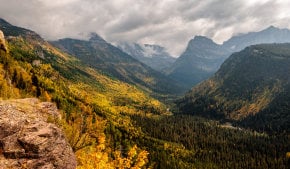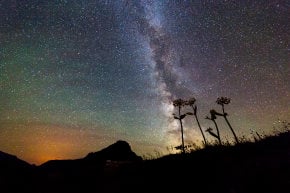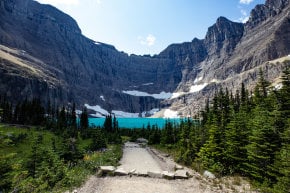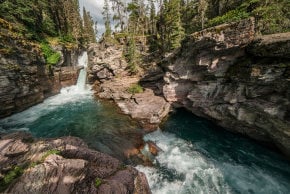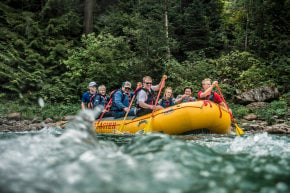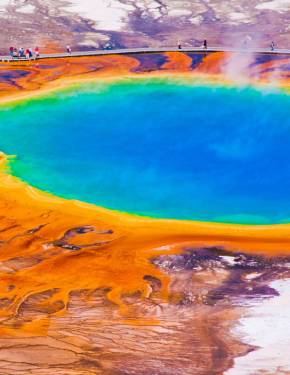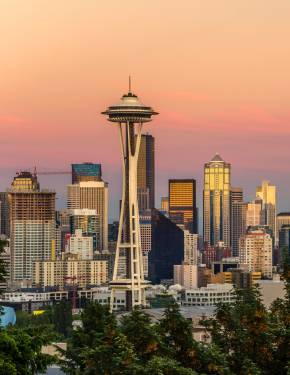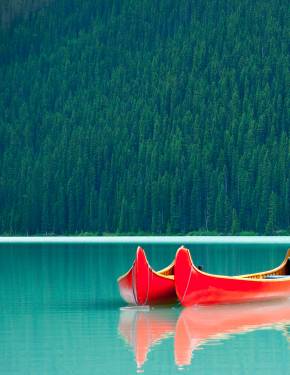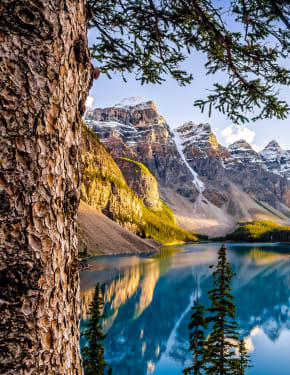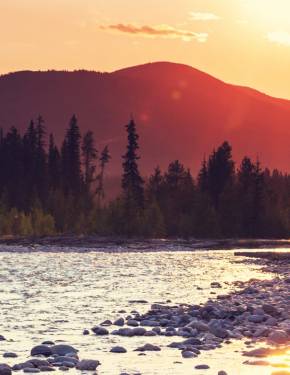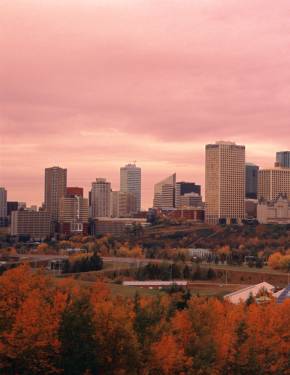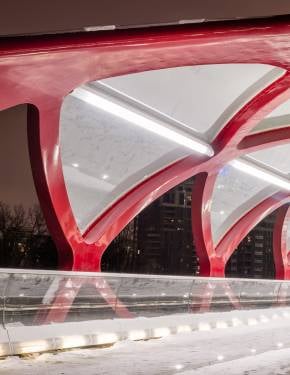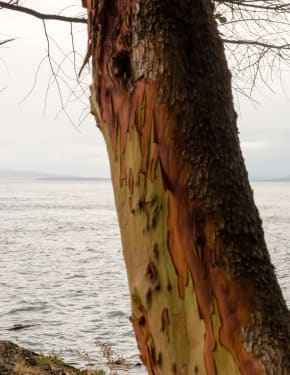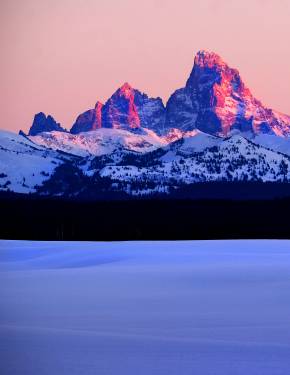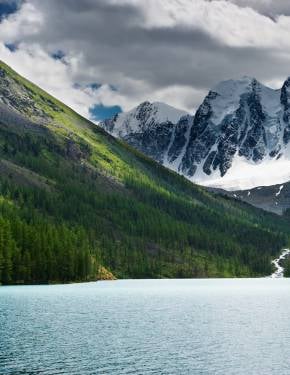Glacier National Park Wildflowers 2026
Be prepared to see some of the most beautiful spots on the planet
Best time: late June–early August
Glacier National Park is among America's top spots to admire wildflowers. Due to the absence of agriculture or industry, the park's alpine flora is well-preserved in its natural state. Take a ride along the Going-to-the-Sun Road in the middle of the summer to admire the flowering meadows on both sides of the Continental Divide, or take a hike and get lost among the endless blooming fields, which add so much color to the rugged landscapes of the Glacier Country.
When to see wildflowers in Glacier National Park
Flowers start appearing on low elevations in Glacier National Park as early as April. However, most alpine zone flowers don't bloom until well into summer. The best time to see Glacier National Wildflowers comes in late June and lasts through early August. That's when the hiking trails are the most scenic, surrounded by blooming fields. Some blooms last through August and into September, making the late summer season in the park quite attractive.
Glacier Lilies
Glacier lilies are among most iconic Montana wildflowers. They start to appear on alpine and subalpine meadows in early summer, sometimes still surrounded by patches of snow. On higher elevations, peak bloom falls on July. Glacier lilies grow together with snow buttercups and other alpine flora. Fun fact: their roots are edible and quite sweet. Grizzly bears often dig up glacier lilies roots to feed on them. Hidden Lake Trail is one of the best places to spot and photograph glacier lilies in Glacier National Park. They grow everywhere along the trail and are especially abundant at Logan Pass.
Beargrass
On the contrary, beargrass doesn't attract bears at all. Interestingly, beargrass is related to lilies although it doesn't resemble them. These white flowers are common for Glacier Country growing on most trails from 3000 to 7000 feet. Beargrass starts blooming in late May or June, but at higher elevations, the bloom falls on late summer. You can admire clusters of beargrass along the Garden Wall and Highline Trail throughout August.
Fireweed
Fireweed adds just the right amount of hot pink to lush green meadows of Glacier Country. These flowers are easy to spot since they can reach nine feet in height. They spread quickly in areas that were affected by forest fires. You can spot plenty of fireweed on the trail to Haystack Creek Falls.
Lupines
Silvery lupine and other lupine species are common for Glacier National Park. These purple perennial flowers can grow up to five feet at lower elevations. Lupines are abundant in Many Glacier area and St. Mary Lake area. You can spot lush purple fields in mid-July at Many Glacier meadows.
Words cannot describe the beauty of wildflower meadows at Glacier National Park. Thousands of red and yellow monkey-flowers, alpine poppies, columbines, clematis, Indian pipes, Indian paintbrushes, and purple asters create colorful carpets where you have to see it to believe it.

